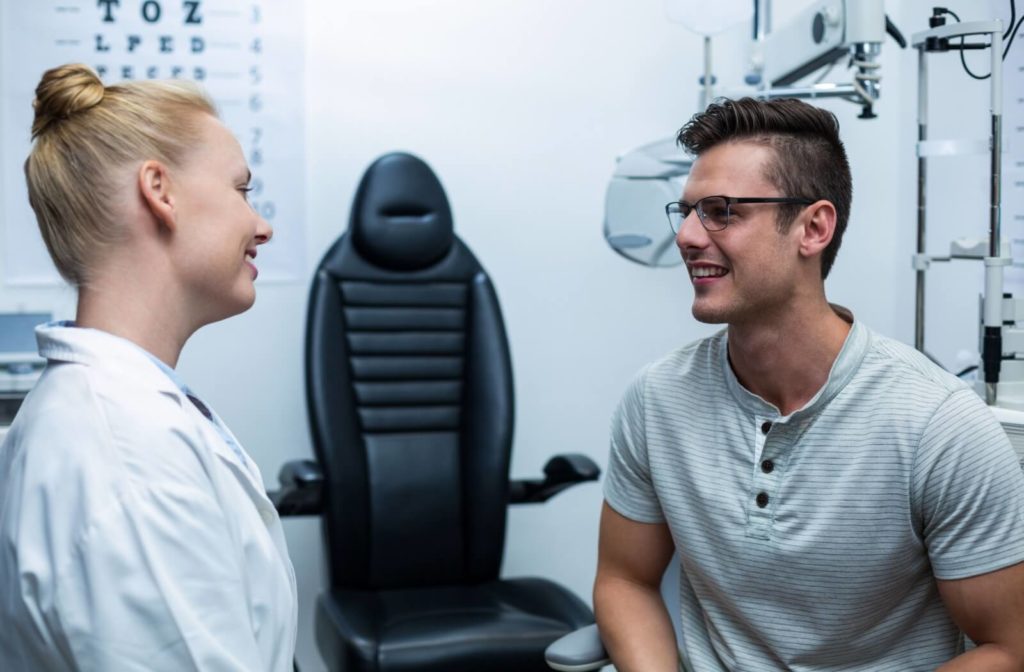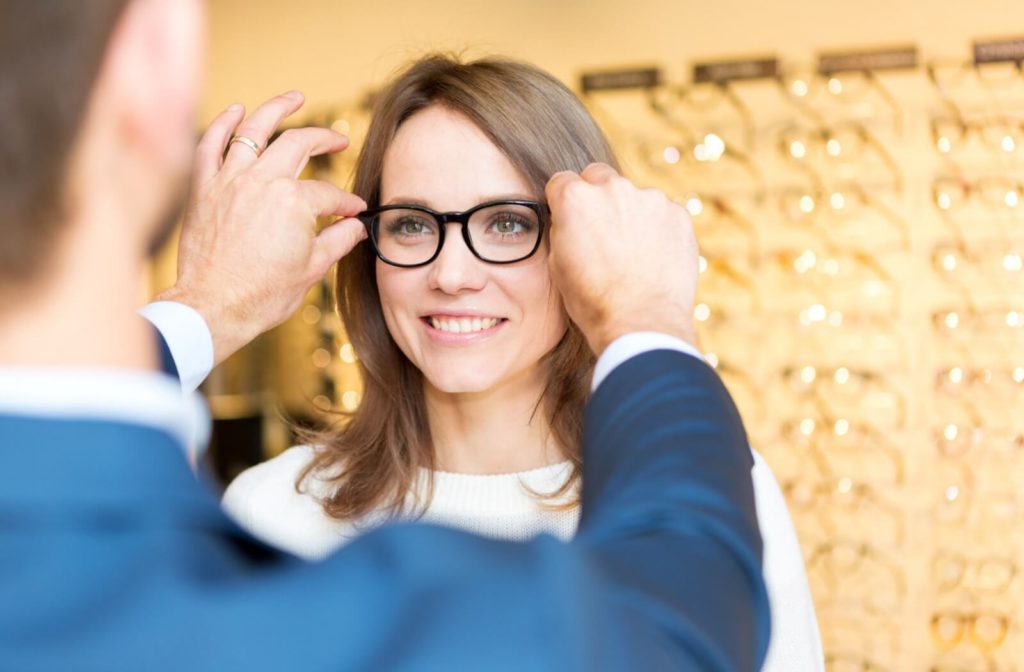Headaches have long been an unwelcome guest for many people, taking away time and comfort from their day to day. Seeking relief, many glasses wearers are now trying Neurolenses, a new lens tech that is designed to help ease those pounding headaches.
Neurolens glasses use a contoured prism lens technology to try and tackle a range of symptoms brought on by binocular vision dysfunctions. But before you rush to your eye doctor, it’s important to figure out what makes Neurolenses different from regular glasses and whether they can help with your headaches.
What Sets Neurolens Apart?
When we think about traditional eyeglasses, we usually picture them correcting our vision errors. These errors can include:
- Myopia (nearsightedness)
- Hyperopia (farsightedness)
- Astigmatism
- Presbyopia
However, Neurolenses take a different approach, seeking not only to correct vision but also to alleviate the strain on the intricate muscles within the eyes that have been linked to headaches.
What’s the Science Behind Neurolens?
A significant number of people who suffer from headaches have what’s known as overactive eye muscles. These muscles are responsible for aligning our eyes and focusing on objects.
When they’re overactive, it can cause visual imbalances and strain, known as vergence, which can trigger headaches.
Neurolenses are crafted with a contoured prism that subtly adjusts how light enters the eyes. The goal? To correct these imbalances and reduce stress on the eye muscles, potentially addressing one of the underlying causes of headaches.
Do Neurolens Glasses Really Help?
The question remains – do Neurolenses live up to their hype? The evidence supporting their effectiveness is still ongoing, but there’s growing research and reports that suggest they can give worthwhile benefits.
Clinical trials and patient studies have shown a notable reduction in the frequency and intensity of headaches for some wearers of Neurolens glasses.
While not a universal fix, Neurolenses could be a valuable addition to a comprehensive headache management plan, potentially for those whose headaches have a strong ocular component.
Integrating Neurolens Into Your Routine
Deciding to give Neurolenses a shot isn’t something you should rush into. It means teaming up closely with a specialized optometrist at Total Vision and investing in custom eyewear.
This personalized approach is all about tailoring Neurolens to your specific prescription and how your eyes work. It starts with a thorough eye exam and mapping out how your eyes move.
But here’s the thing: Neurolens glasses aren’t a magic fix for headaches. Like any treatment, they work best when they’re part of a bigger plan. That could mean:
- Making changes in your lifestyle
- Finding ways to manage stress better
- Trying out other medical treatments
With Neurolenses, they’re most effective when they’re combined with other therapies that tackle all the different triggers and symptoms that come with headaches.
Frequently Asked Questions About Neurolens
Let’s break down some common questions about Neurolens.
Does Neurolens Help with All Types of Headaches?
While they’re mainly aimed at tackling headaches, some people who wear Neurolenses have found relief from other types of headaches, especially ones linked to vision problems. How well they work can depend on what’s causing the headaches in the first place.
Do You Need to Wear Neurolens All the Time?
For many people, wearing Neurolenses regularly is key. It helps train those eye muscles and keeps the benefits going strong. But how often you wear them depends on your symptoms and what your eye doctor recommends for you.
How Long Does It Take to Feel the Effects of Neurolens?
Feeling the benefits of Neurolens can be different for everyone. Some people notice improvements pretty quickly, maybe within a few days.
For others, it might take a few weeks to feel the full effect. Just remember, sticking with your eye doctor’s advice is important for seeing those results.

A Clearer Future for Headache Management
The realm of headache treatment is as dynamic as it is complex, with new advancements always on the horizon. Neurolens represents an intersection of technology and optometry, with the potential to offer relief for some people battling headaches.
While they’re not a miracle cure, the research suggests that for people whose headaches are linked to vision issues, Neurolenses could be a game-changer.
Ultimately, the decision to try Neurolens should be made with you and your eye care team at Total Vision La Mesa, taking into account your unique health history. For those who grapple with persistent visual discomfort as part of their headaches, it’s worth exploring whether Neurolenses could shine a new light on managing this tough condition. Book your appointment with Total Vision to see if Neurolens may work for you.



